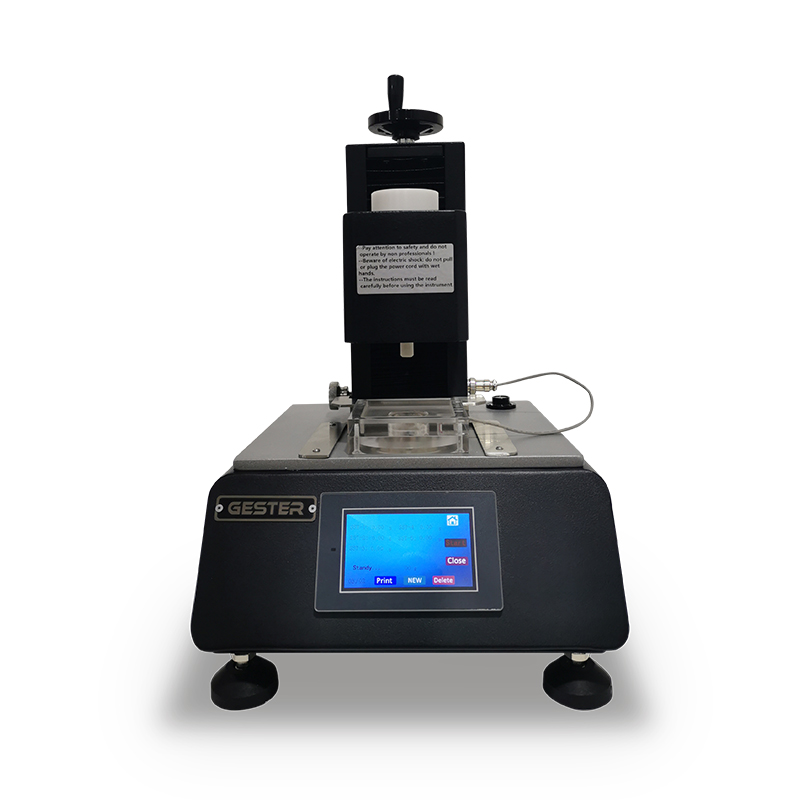Diapers are essential products designed to maintain hygiene and comfort, especially for infants. To ensure that diapers meet the required standards for absorption, leakage prevention, and overall performance, manufacturers conduct various testing methods. One critical test for evaluating diaper materials is the liquid strike-through test, which is designed to measure how well a diaper’s outer layer resists liquid penetration. The Liquid Strike-Through Tester GT-CN04 plays a vital role in this testing process, helping manufacturers assess the efficiency and performance of diaper materials in terms of liquid resistance.

GB/T 24218 Series: These Chinese standards focus on the testing of nonwoven materials used in diapers, including liquid penetration and absorption performance.
